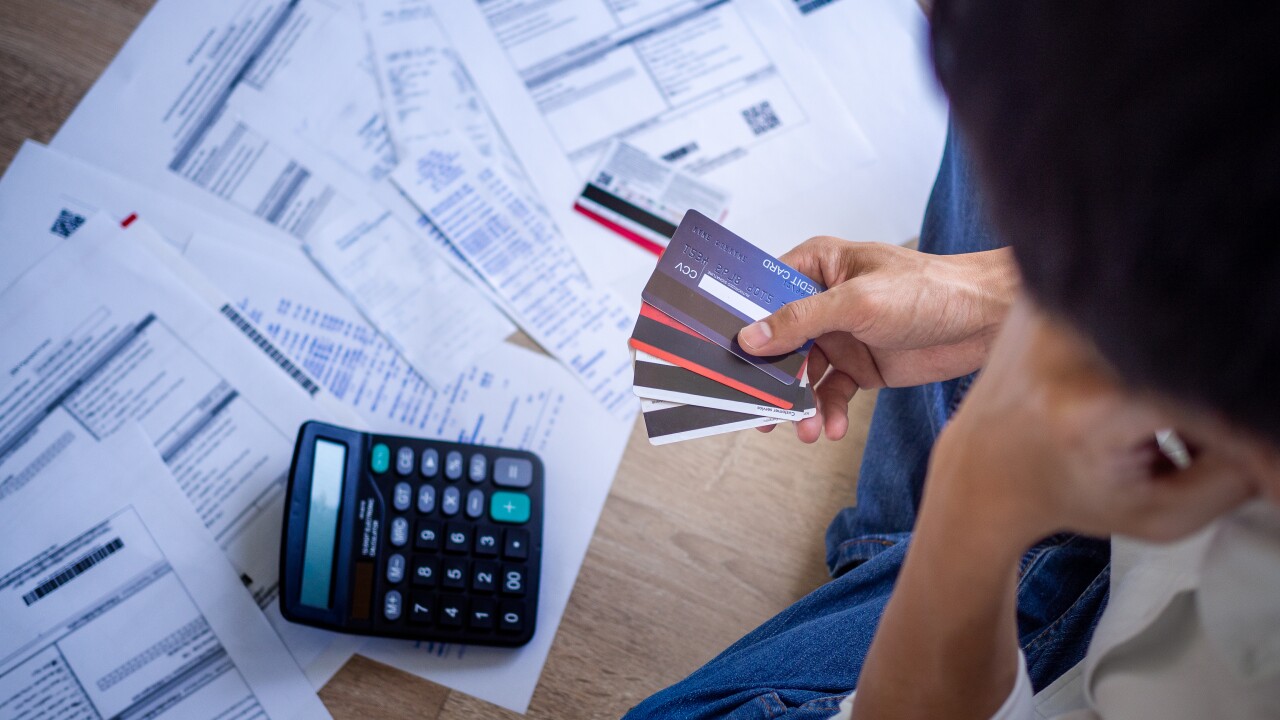The age-old saying that “Cash is King” seems to be somewhat of an irony in today’s world of premium metal credit cards, Venmo, electronic bill pay and recurring subscription payments. The fact that consumers each year are increasingly turning to the internet for their holiday shopping makes cash feel like a relic. In a strange paradox for paper currency, the payment company Square has called its mobile application for money movement the Cash App, even though no physical cash is involved.
While credit cards have been around since the 1950s and debit cards introduced years later, they both have become indispensable to the modern consumer. In fact, in certain retail sectors consumers can only use payment cards or mobile payments to make a purchase. Take for example the airline industry. It’s virtually impossible to buy an airline ticket without a debit or credit card — and anyone who finds a way to do so will certainly raise suspicions among the authorities. Once on board the plane, most airlines won’t accept cash for in-flight snacks.
Currently, the only legal industry heavily awash in cash is retail cannabis — and that’s only due to the market's inconsistent legal status. If the Federal government were ever to legalize marijuana, as many states already have, retailers and dispensaries would immediately move away from cash.










